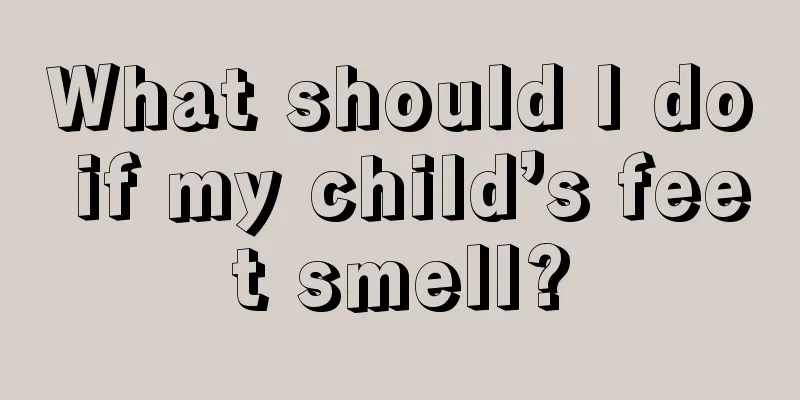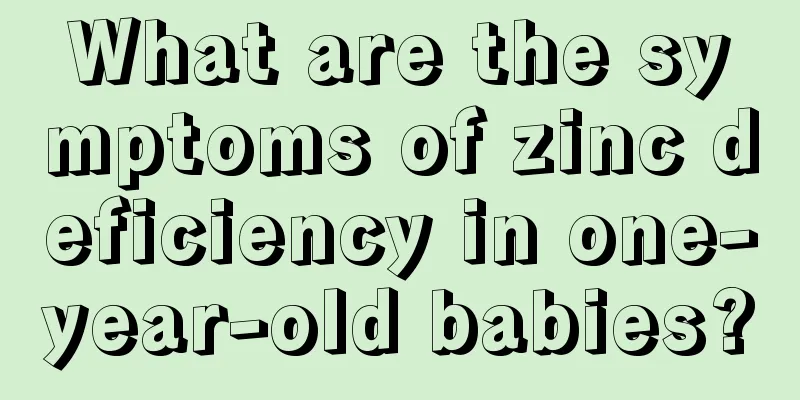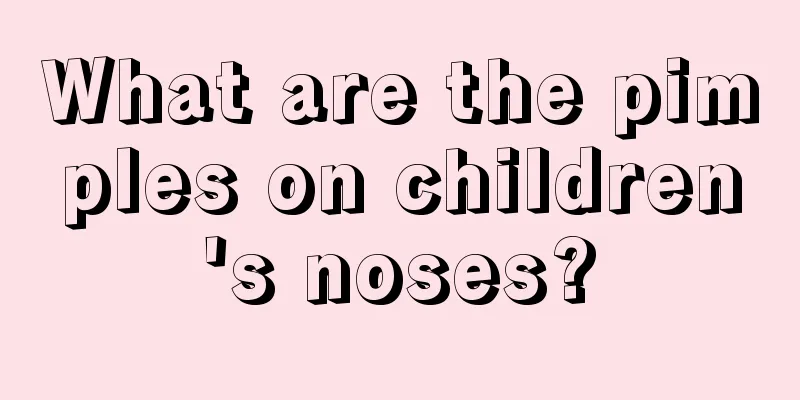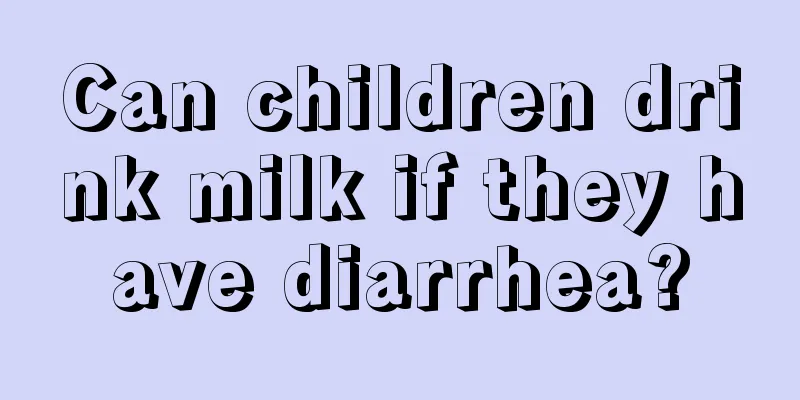What kind of nasal spray is suitable for children?

|
Rhinitis spray has become one of the essential medicines for many families. It becomes even more important when you have a cold or rhinitis. In foggy weather, the respiratory tract always feels uncomfortable. At this time, using nasal spray to clear the nasal cavity can effectively relieve various discomforts. Especially during the peak influenza season, both adults and children are prone to catching colds. At this time, how should we choose nasal spray? How should children choose? 1. Children's nasal spray The most uncomfortable time for children (especially babies) when they have a cold is actually at night. Children sleep lying flat on their backs, and their nasal cavity and even throat are easily blocked by mucus, causing nausea and vomiting. He vomited all over himself and the bed in the middle of the night. Not only did the child feel uncomfortable, but the whole family had to get up to help clean up. So, how to relieve the symptoms of runny nose caused by cold in children? Pediatric expert Cui Yutao, who is very familiar to parents, has repeatedly emphasized on his personal Weibo that when children have a cold, they should be observed and not given medication casually. Because giving cold medicine to babies often does more good than harm. Maintain normal feeding, ensure sleep, and wait for self-healing. Children exercise their immune systems through these "minor illnesses". Cui Yutao expert advice: "Parents can use saline/sea salt water nasal spray on their children to help discharge secretions from the nasal cavity and relieve cold symptoms." Moreover, nasal spray is not only effective in treating children’s colds, but is also a savior for patients with rhinitis! Patients with allergic rhinitis suffer from repeated attacks of rhinitis every time the seasons change, which is very uncomfortable. Headaches, dry throat, uncomfortable breathing and even mental fatigue seriously affect daily life and work. Patients with rhinitis should frequently use a nasal spray to clean the nasal cavity and remove allergens and harmful particles in a timely manner. Moreover, the air quality is getting worse and worse, and more and more people are becoming rhinitis patients. . . Especially on foggy and haze days, the respiratory tract is particularly uncomfortable and the whole body feels unwell. Using nasal spray to clear the nasal cavity can relieve respiratory discomfort. For people who are not suffering from rhinitis for the time being, daily nasal cleaning is also very necessary. because-- We can regard the nasal cavity as the air conditioner and filter of the human body. It is the only organ that does not close 24 hours a day. An adult breathes up to 15,000 liters of air a day, and more than 10,000 kinds of bacteria enter the body. Therefore, the chance of "disease entering the body through the nose" is 5.8 times greater than "disease entering the body through the mouth". Cleaning the nasal cavity every day can significantly improve the environment inside the nasal cavity, thereby enhancing the body's disease resistance and effectively reducing the occurrence of various diseases, such as colds. In addition, people who like sports such as running and swimming can also use nasal sprays to relieve respiratory mucosal edema and discomfort after exercise. Therefore, it is very necessary to have nasal spray at home 2. Causes of acute rhinitis in children It is mainly a viral infection or a bacterial infection secondary to a viral cold. Common causes include cold, overwork, vitamin deficiency, etc. Others include chronic nasal diseases such as deviated nasal septum and nasal polyps. Catching a cold often occurs when the temperature changes suddenly and children's clothes are not added or removed in time; or when children open the quilt while sleeping and catch a cold; or when children play with cold water or play barefoot and catch a cold. 3. Causes of chronic rhinitis in children Local factors include repeated attacks of acute rhinitis, or incomplete treatment, chronic diseases of the nasal cavity and sinuses, infection of adjacent tissues, improper or prolonged use of nasal medications, etc. Systemic factors include chronic systemic diseases and malnutrition. 4. Symptoms of chronic rhinitis in children It is characterized by nasal congestion and loss of smell. In chronic simple rhinitis, nasal congestion is relieved during daytime activities, but worsens at night or when sitting still. When lying on one side, the lower nasal cavity is blocked, while the upper nasal cavity is well ventilated. When lying on the other side, nasal congestion occurs in the other nasal cavity. The nasal discharge is mucous and is often accompanied by headache, dizziness, decreased sense of smell, etc. Chronic hypertrophic rhinitis is often characterized by persistent nasal congestion, mucous or mucopurulent nasal discharge, and may also cause tinnitus, hearing loss, headache, insomnia, mental depression, etc. 5. Symptoms of acute rhinitis in children At the onset of the disease, there is mild chills and fever, general discomfort, a burning sensation in the nasopharynx, dryness, itching, and sneezing in the nose. After 1 to 2 days, the patient gradually develops nasal congestion, a large amount of clear nasal discharge, decreased sense of smell, and headache. After 3-4 days, due to secondary infection, the secretions turn into yellow purulent nasal discharge that is difficult to blow out, and the nasal congestion becomes more severe. If there are no complications, recovery will occur in about a week. and poor adaptability to the outside world, so children are more likely to suffer from rhinitis. 6. Disease Hazards The harm of rhinitis in children is greater than that in adults, but if rhinitis can be treated in time, children are more likely to be cured than adults. Once a child suffers from rhinitis, it may cause nasal narrowing and affect ventilation, which in turn leads to obstruction of oxygen inhalation and a decrease in blood oxygen saturation, causing varying degrees of hypoxia in tissues and organs throughout the body, and symptoms such as memory loss, decreased intelligence, periodic headaches, dizziness, decreased vision, and declining academic performance. Long-term mouth breathing will not only cause pharyngitis due to air irritation to the pharyngeal cavity, but also cause facial deformities in children, commonly known as "rhinitis face" in medicine. Therefore, children's rhinitis must be taken seriously by parents, and they should take their children to the hospital for treatment as soon as possible. VII. Complications The nasal cavity is connected to the pharynx, and through the pharynx to the lungs; at the same time, the ear also has the Eustachian tube that communicates with the nasopharynx. Therefore, acute rhinitis in children can cause some complications, common complications are: Acute sinusitis: Since the sinus openings are located in the nasal passages, bacteria enter the sinuses and cause acute sinusitis. Acute non-suppurative otitis media: Non-suppurative otitis media is caused by congestion and swelling of the mucous membrane at the opening of the Eustachian tube in the nasopharynx, resulting in a feeling of fullness and blockage in the ear, decreased hearing, or tinnitus, and tympanic effusion. Acute suppurative otitis media: Acute rhinitis may cause acute suppurative otitis media, which will cause severe pain in the ear, or a significant fever, and then yellow pus will flow out of the ear. After pus flows out of the ear, symptoms such as fever and ear pain will be significantly relieved. Acute pharyngitis: Acute rhinitis may be accompanied by acute pharyngitis, or cause acute pharyngitis. Throat pain occurs, which worsens when swallowing, or there may be throat discomfort, spitting, "crunching" in the throat, and coughing. Acute laryngitis: Acute rhinitis may be accompanied by acute laryngitis, or cause acute laryngitis. The main symptoms of acute laryngitis are hoarseness or hoarseness, unclear voice when speaking, and may be accompanied by itchy throat and cough. If an infant under three years old develops acute laryngitis or acute subglottic laryngitis, he or she may experience wheezing, phlegm in the throat, and cough. Tracheitis and lung infection: If acute rhinitis causes tracheitis or lung infection, the symptoms of fever will be obvious, the cough symptoms will worsen, the spirit will be low, and rales will be present when auscultating the lungs. |
<<: When is the best time to correct hunchback in children?
>>: What to do if your child has tooth decay in his permanent teeth
Recommend
Newborn baby snoring while sleeping
We know that many adults like to snore. Snoring m...
Treatment of infantile tics
According to surveys, the number of patients with...
The consequences of not getting vaccinated
We all know that when a child is born, the doctor...
What are the disadvantages of children drinking milk before bed?
In daily life, many parents let their children dr...
Symptoms and treatment of children with cerebral palsy
There are many children with cerebral palsy aroun...
How to educate children with precocious puberty
Children's precocious puberty requires adjust...
What should I do if my 2-year-old baby has lung heat and cough?
Two-year-old babies are too young and have very w...
What to do if your child's front teeth are broken
Bumps and bruises are inevitable in life. Many ch...
What is the cause of enlarged testicles in newborns?
If a newborn has enlarged testicles, this is an a...
Why do children not absorb food?
Children may not absorb the food they eat because...
What is the reason for the baby to hold back his blushing face?
Many parents will find that their babies tend to ...
Can vitiligo in children be treated?
Vitiligo is actually what we call vitiligo in lif...
What should I do if my child has a bacterial cold?
Children's body resistance is much weaker tha...
What to do if your baby has skin ulcers
Among different groups of people, babies have a v...
What to do if your child's bottom is flooded
Red buttocks is also called flooded buttocks. Man...









